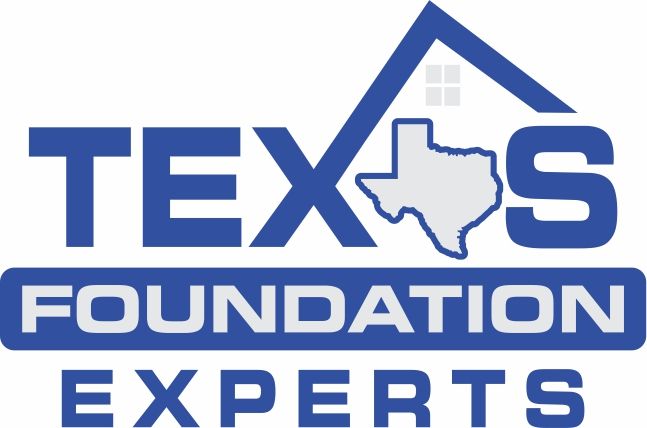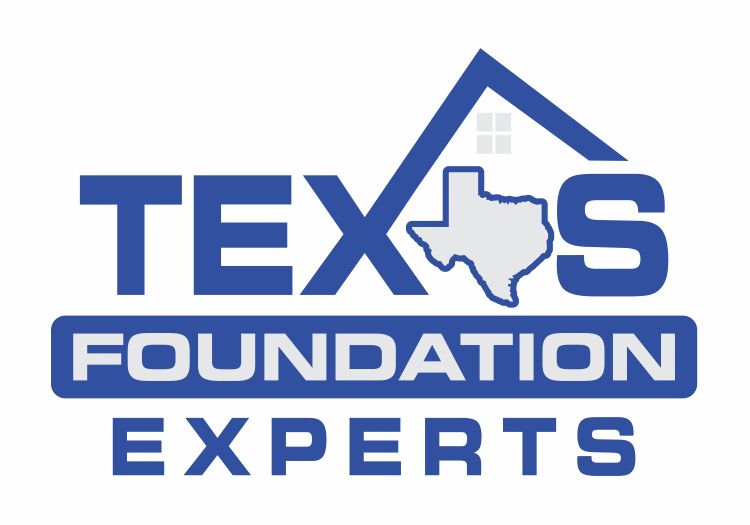frequently asked questions
general questions
-
What types of foundation repairs do you specialize in?
We handle all types of foundation repairs including slab foundations, pier and beam foundations, and drainage solutions specific to the North Texas region.
-
How often should I have my foundation inspected?
For homes in Texas, especially those located in areas with expansive clay soils, it's advisable to have your foundation inspected every 3-5 years, or if you notice any warning signs like cracks in walls or uneven floors. Regular inspections can help catch potential problems early, saving homeowners time and money in the long run.
-
Are there any preventive measures I can take to avoid foundation issues in the future?
Absolutely! Preventive measures can be a game-changer in Texas due to our unique soil conditions and weather patterns. Here are some steps you can take:
- Ensure proper drainage around your property to prevent water accumulation.
- Avoid planting large trees close to your home, as their roots can affect the soil moisture and put pressure on the foundation.
- Regularly check for plumbing leaks, as excessive moisture can lead to soil expansion.
- Consider installing root barriers if you have trees near your house.
- Monitor the moisture level of the soil around your property, especially during droughts, and consider using soaker hoses to maintain consistent moisture levels.
Remember, proactive measures can often help you avoid costly repairs in the future.
-
What are the warning signs of foundation problems?
- Cracks in walls or floors
- Doors and windows that stick
- Uneven or sloping floors
-
I see cracks in my walls; does it mean my foundation is damaged?
Not necessarily. While cracks can be a sign, a comprehensive foundation inspection is needed for a definitive diagnosis.
pier and beam foundations
-
What are the common problems with pier and beam foundations?
- Moisture issues often lead to wood rot or mildew.
- Poor soil conditions can cause piers to shift, affecting the home's leveling.
-
How often should I inspect my pier and beam foundation?
It's recommended to conduct a thorough inspection of your pier and beam foundation at least once a year. However, if you notice any signs of foundation issues or if there have been significant environmental changes, like heavy rainfall or drought, you should consider more frequent checks. Regular inspections can catch potential problems early, leading to more cost-effective repairs.
-
How long do repairs on a pier and beam foundation typically last?
The longevity of pier and beam foundation repairs depends on several factors, including the quality of the repair work, the materials used, and the environmental conditions in Arlington. However, when done professionally using high-quality materials, these repairs can last for decades. Regular maintenance and inspections can further extend the lifespan of the repairs.
-
Can pier and beam foundations be converted to slab foundations?
While it's technically possible to convert pier and beam foundations to slab foundations, the process is complex, time-consuming, and often cost-prohibitive. It requires lifting the entire structure, excavating the crawlspace, and pouring a new slab. Before considering such a conversion, it's crucial to consult with foundation experts to understand the pros and cons.
-
What is the average lifespan of a pier and beam foundation?
With proper maintenance, a pier and beam foundation can last for over a century. Factors like the quality of construction materials, regular inspections, and prompt repairs play a significant role in prolonging its lifespan.
-
How do I maintain my pier and beam foundation to ensure longevity?
Regular inspections are the cornerstone of maintenance. Apart from that, ensure good drainage around your home to prevent water accumulation, promptly address any plumbing leaks, and keep the crawlspace ventilated to avoid excessive moisture buildup.
-
How do you repair pier and beam foundations?
We employ a variety of methods, such as installing new piers or shims, to correct problems with pier and beam foundations.
Ready to secure the foundation of your home?
Get started with Texas Foundatin Experts today!
Slab foundations
-
What causes slab foundation problems in Texas?
Slab foundation issues in Texas are commonly caused by a combination of local soil characteristics and climatic conditions. The state's expansive clay soils can swell when wet and shrink when dry, leading to ground movement. Factors contributing to slab foundation problems include:
- Soil expansion and contraction due to moisture fluctuations.
- Poor drainage causing water to pool near the foundation.
- Large trees near the foundation drawing moisture from the soil.
- Plumbing leaks beneath the slab.
- Inadequate site preparation or soil compaction during construction.
-
What are my options for slab foundation repair?
Options may include mudjacking, installing piers, or employing a full slab replacement depending on the severity of the problem.
-
How can I tell if cracks in my floor or walls are related to slab foundation issues?
While minor cracks can appear in homes as they settle over time, certain crack patterns may indicate slab foundation problems. Be on the lookout for:
- Horizontal cracks or those wider at the top than the bottom.
- Cracks that are wider than 1/8 inch.
- Cracks where one side is higher than the other.
- Repeated or expanding cracks.
- Cracks appearing alongside doors or windows that stick or don't close properly.
If you notice any of these signs, it's recommended to consult with a foundation specialist for a thorough assessment.
-
Can slab foundation issues impact my home's plumbing?
Yes, problems with a slab foundation can directly impact plumbing, especially if the plumbing runs beneath the slab. As the foundation shifts, it can put pressure on the plumbing lines, leading to leaks or breaks. Conversely, plumbing leaks beneath the slab can exacerbate foundation problems by adding moisture to the soil, causing it to expand. It's crucial to address both plumbing and foundation issues simultaneously to ensure a comprehensive solution.
Yard Drainage Solutions
-
Why is proper yard drainage important in Texas?
Proper yard drainage is essential in Texas due to the state's unique soil characteristics and fluctuating weather conditions. Effective drainage prevents:
- Soil erosion which can destabilize structures and landscaping.
- Water pooling, reducing mosquito breeding grounds.
- The risk of foundation problems, as excessive moisture can cause soil expansion and contraction.
- Plant and lawn damage due to over-saturation or root rot.
-
What are the common signs that my yard has drainage problems?
Some evident signs indicate drainage issues in a yard:
- Persistent puddles or standing water after rainfall.
- Soil erosion or noticeable channels formed by flowing water.
- Areas of dying or yellowing plants due to overwatering or underwatering.
- A soggy lawn or garden beds even when it hasn't rained recently.
- Water intrusion in basements or crawlspaces.
-
What yard drainage solutions do you offer?
We provide a range of solutions like installing French drains, sump pumps, and grading services.
Testimonials: A Testament to Our Expertise
Nothing speaks louder than the stories from our clientele in North Texas. From homes to commercial spaces, the narratives underscore our position as experienced foundation repair experts.
Our Work Speaks for Itself
Witness the transformative power of professional concrete flat work. From worn-out spaces to revitalized areas, our before-and-after gallery speaks volumes about our expertise and commitment.
Experience the Difference with North Texas's premier foundation experts.
Schedule your consultation now!

